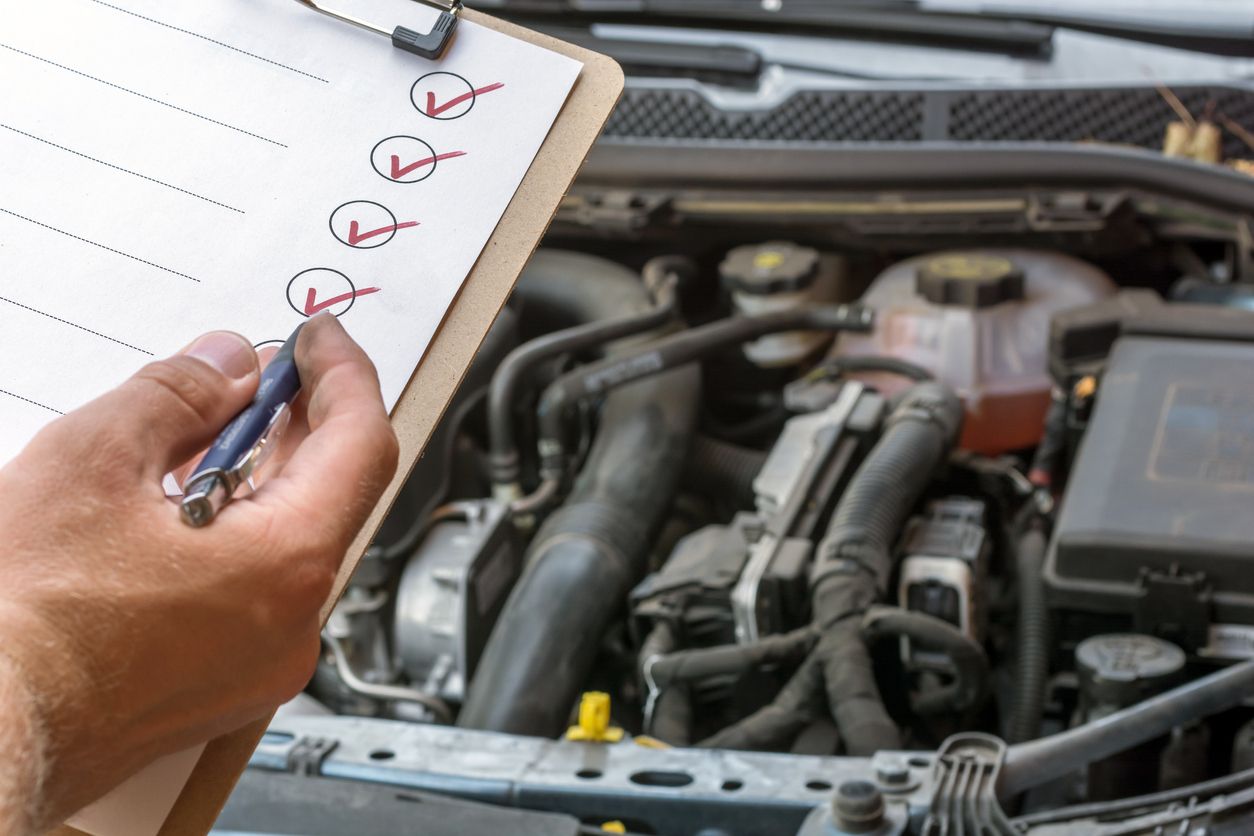All Categories
Featured
Tire rotations are one of the most basic yet most effective maintenance jobs to guarantee your vehicle runs smoothly and securely. This routine service redistributes tire wear, providing countless benefits for your auto's efficiency, security, and your purse.
What Does Tire Turning Involve?
Tire turning is the procedure of periodically transforming the placement of each tire on your automobile. Front tires may be switched with back ones, or tires might be relocated diagonally. The certain pattern relies on variables like your vehicle's drivetrain (front-wheel, rear-wheel, or four-wheel drive) and the kind of tires you have.
![]()
Why Tire Turnings Are Vital
Promotes Even Walk Put On. Different tires birth different quantities of weight and stress relying on their position. Because they take care of guiding and braking, front tires usually wear quicker. Regular rotations cancel the wear, making sure all 4 tires have similar walk midsts.
Extends Tire Lifespan. Unequal wear brings about premature tire substitutes. Rotating your tires can expand their lifespan, conserving you cash gradually.
Improves Car Efficiency. Balanced tires enhance stability, dealing with, and grip. Whether you're collaring, braking, or driving on slippery roadways, equally worn tires ensure a smoother and safer driving experience.
![]()
Improves Gas Efficiency. Tires with uneven step wear can develop a lot more rolling resistance, which makes your engine work harder and eats much more fuel. Regular turnings aid keep optimal fuel performance.
Ensures Security. Worn tires can jeopardize stopping range and control. By revolving your tires, you preserve even reduce the threat and use of blowouts or skidding.
Just How Typically Should You Revolve Your Tires?
Specialists advise rotating your tires every 5,000 to 7,500 miles. A hassle-free approach is to combine tire rotations with oil changes. Constantly consult your lorry's proprietor guidebook for particular standards.
Usual Rotation Patterns
Turning patterns depend upon your lorry's drivetrain and tire type:
Front-Wheel Drive (FWD): Front tires relocate to the back, and rear tires cross to the front.
Rear-Wheel Drive (RWD): Back tires relocate to the front, and front tires cross to the back.
Four-wheel Drive (AWD): Tires follow an "X" pattern to make sure well balanced wear.
Directional Tires: These tires must remain on the same side of the automobile and are exchanged front to back.
Indicators Your Tires Required Rotation
Uneven step wear.
![]()
Reduced gas performance.
Vibrations while driving, particularly at broadband.
Problem handling the automobile in negative climate condition.
Final Thoughts
Tire rotations are an easy means to secure your investment and boost your driving experience. By rearranging wear, you can expand the life of your tires, enhance fuel efficiency, and guarantee your security when driving. Schedule regular tire turnings with a trusted auto mechanic and make it a consistent part of your lorry's maintenance routine.
What Does Tire Turning Involve?
Tire turning is the procedure of periodically transforming the placement of each tire on your automobile. Front tires may be switched with back ones, or tires might be relocated diagonally. The certain pattern relies on variables like your vehicle's drivetrain (front-wheel, rear-wheel, or four-wheel drive) and the kind of tires you have.

Why Tire Turnings Are Vital
Promotes Even Walk Put On. Different tires birth different quantities of weight and stress relying on their position. Because they take care of guiding and braking, front tires usually wear quicker. Regular rotations cancel the wear, making sure all 4 tires have similar walk midsts.
Extends Tire Lifespan. Unequal wear brings about premature tire substitutes. Rotating your tires can expand their lifespan, conserving you cash gradually.
Improves Car Efficiency. Balanced tires enhance stability, dealing with, and grip. Whether you're collaring, braking, or driving on slippery roadways, equally worn tires ensure a smoother and safer driving experience.

Improves Gas Efficiency. Tires with uneven step wear can develop a lot more rolling resistance, which makes your engine work harder and eats much more fuel. Regular turnings aid keep optimal fuel performance.
Ensures Security. Worn tires can jeopardize stopping range and control. By revolving your tires, you preserve even reduce the threat and use of blowouts or skidding.
Just How Typically Should You Revolve Your Tires?
Specialists advise rotating your tires every 5,000 to 7,500 miles. A hassle-free approach is to combine tire rotations with oil changes. Constantly consult your lorry's proprietor guidebook for particular standards.
Usual Rotation Patterns
Turning patterns depend upon your lorry's drivetrain and tire type:
Front-Wheel Drive (FWD): Front tires relocate to the back, and rear tires cross to the front.
Rear-Wheel Drive (RWD): Back tires relocate to the front, and front tires cross to the back.
Four-wheel Drive (AWD): Tires follow an "X" pattern to make sure well balanced wear.
Directional Tires: These tires must remain on the same side of the automobile and are exchanged front to back.
Indicators Your Tires Required Rotation
Uneven step wear.

Reduced gas performance.
Vibrations while driving, particularly at broadband.
Problem handling the automobile in negative climate condition.
Final Thoughts
Tire rotations are an easy means to secure your investment and boost your driving experience. By rearranging wear, you can expand the life of your tires, enhance fuel efficiency, and guarantee your security when driving. Schedule regular tire turnings with a trusted auto mechanic and make it a consistent part of your lorry's maintenance routine.
Latest Posts
Take Advantage of Special Auto Repair Offers in Chicago at Montclare Auto Repair
Published May 28, 25
1 min read
Explore the Greatest Auto Repair Discounts in Montclare, Chicago
Published May 26, 25
1 min read
Learn How to Save Big on Car Maintenance with Montclare Auto Repair’s Exclusive Deals
Published May 26, 25
1 min read
More
Latest Posts
Take Advantage of Special Auto Repair Offers in Chicago at Montclare Auto Repair
Published May 28, 25
1 min read
Explore the Greatest Auto Repair Discounts in Montclare, Chicago
Published May 26, 25
1 min read
Learn How to Save Big on Car Maintenance with Montclare Auto Repair’s Exclusive Deals
Published May 26, 25
1 min read